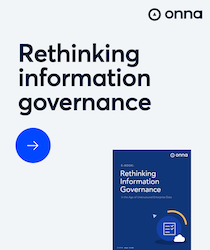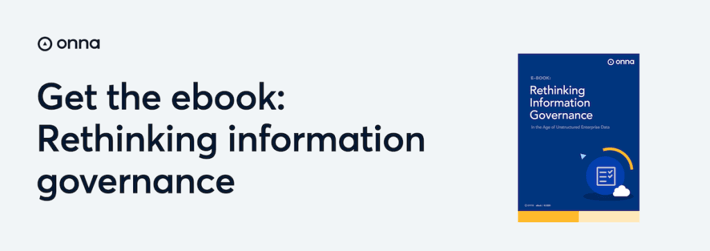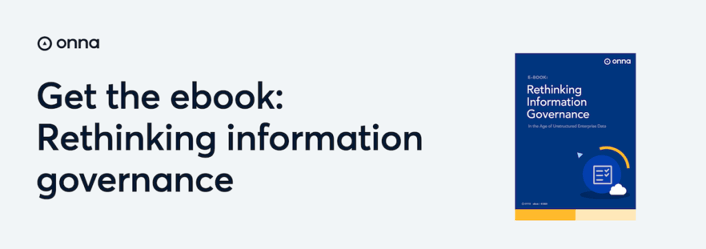What is information governance and why is it so important?
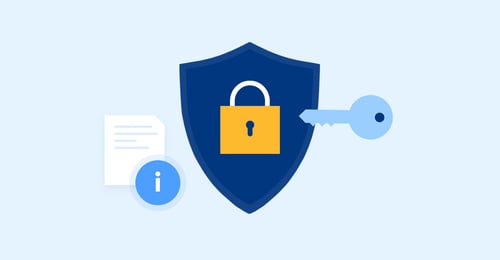
Every digital interaction between businesses and their customers leaves an auditable trail of data. Sometimes, data is highly sensitive and needs security, privacy, and discovery controls in place. Other times, data has no value and is simply taking up space. Telling the difference between these types of data and knowing where it all lives is one of the biggest challenges organizations face today.
The truth is an overwhelming amount of data is ungoverned making it difficult to know what is of value and what is not. Not only does this mean that sensitive data could be compromised, but also that potentially useful data remains underutilized. Having a robust information governance plan is the solution to these problems. Let’s get into what it is and why it’s important.
What is information governance?
Information governance is defined in a lot of different ways, but at its core, it refers to a strategic framework for managing information at an organizational level. Although we typically refer to information governance in a digital context, it also incorporates physical assets, such as devices and printed documents. This is especially true in the case of more mature organizations, which often have large amounts of information stored locally, in printed or digital form.
There are many regional and international standards for managing information at scale, and the regulatory compliance landscape is evolving every year. However, the core concepts of information governance have largely remained the same. These include security and privacy, integrity and authenticity, information lifecycle management, and business continuity. But information governance is more than just a legal and ethical obligation. Establishing a robust and adaptable framework can help organizations derive greater value out of their information and drive smarter, more informed decision-making.
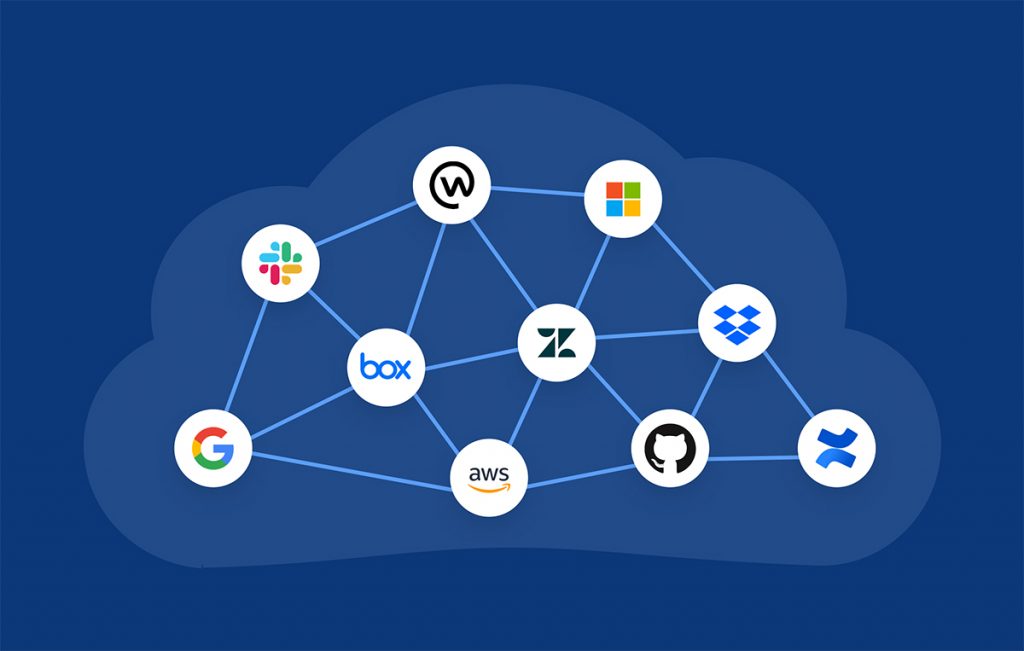
Why is information governance important?
Data overload is real, and it’s one of the biggest challenges facing today’s organizations. Our collective digital activities have now generated almost 60 zettabytes of data, a figure that’s expected to reach 149 over the next four years. In small businesses, data typically exists in the dozens of terabytes, while many larger enterprises have already reached the petabyte scale. These amounts are expected to only increase over the years to come.
Today’s organizations have the monumental task ahead of minimizing risk and maximizing value across increasingly vast data sets. While business leaders usually recognize the fact that their data is valuable, the overwhelming majority of their digital assets are underutilized and inadequately governed and protected. This isn’t helped by the fact that the average enterprise now uses 1,295 different cloud services, each one leaving a trail of data across a complex array of networks and systems.
The difference between information management and information governance
You might have heard the terms information management and information governance used interchangeably, but they’re actually two different tiers of scale. Information management is a subset of the broader information governance framework, which incorporates the capture, classification, storage, distribution, and preservation of information assets. It’s largely reactive in that it encompasses responding to information requests, such as data subject access requests (DSARs) under GDPR and CCPA regulations. It also includes the secure disposal of obsolete data as required by internal company policies and regulatory compliance.
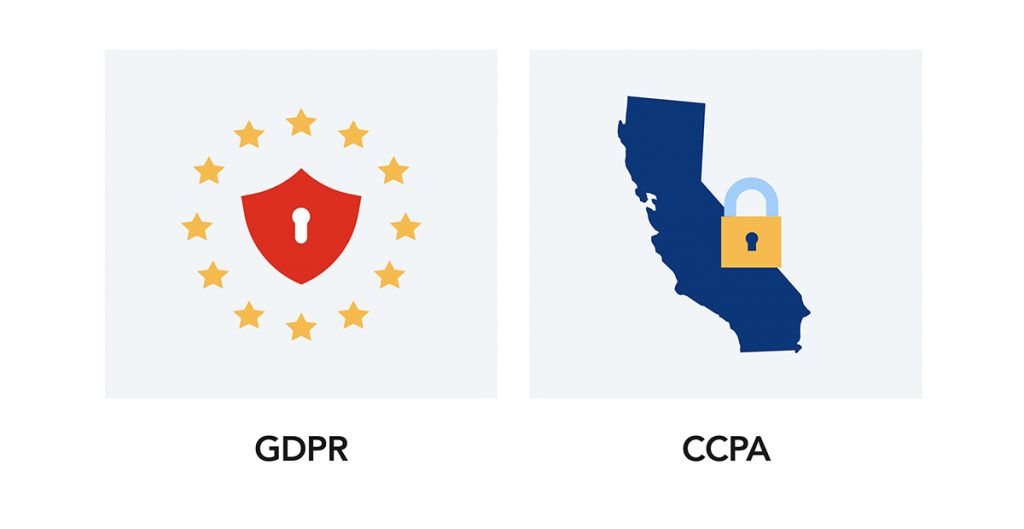
Information governance has a much broader scope, and what it encompasses varies from one organization to the next. For the most part, it refers to a company’s internal policies and processes for optimizing information management in line with business goals. For example, this might mean reducing operational costs, deriving insights from big data, or even deploying machine-learning algorithms for automated management and governance. In other words, IG goes beyond the systematic management of records and information to incorporate a wide-ranging approach to supporting an organization’s objectives, policies, and standards.
Information governance as an evolving discipline and a driver of innovation
Some business leaders think of information governance purely as a legal requirement. But it’s not all about building a legally defensible program for managing sensitive information. IG is a fast-evolving discipline, which has become a critical business routine in today’s data-heavy age. There’s now a constant need to re-assess IG in line with the advancement of enterprise technology. It’s not a strategy that’s implemented once and then left to run its course – it’s a journey rather than a destination. In fact, the same can be said of IG’s overarching discipline, which is digital transformation.
Without an adaptable IG strategy, it’s impossible for an organization to innovate without adding risk. Fast-changing enterprise technology landscapes, paired with a rapidly accelerating datasphere, mean that there are new risks and opportunities alike. These both need to be managed at a massive scale in an age when enterprises have their information assets stored across a multitude of cloud-hosted apps and online storage facilities, employee- and business-owned mobile devices, and in-house desktops and servers. Factor in the rise of the internet of things (IoT), and there’s no denying the massive scope and scale of today’s information governance requirements.
Implementing robust information governance policies and processes gives today’s companies the opportunity to innovate without increasing risk. For example, let’s say you’re rolling out a new employee communication platform that will enhance productivity among remote workers:

Overcoming the challenges of scale across business roles
Before any organization embarks on an overhaul of their information governance policies and procedures, it’s important to consider the challenges first. These can include:
- The complexity and diversity of today’s enterprise technology stacks
- The rapid proliferation of data across all business roles and departments
- The new and emerging data privacy regulations at local, state, federal, and global levels
- The need to derive real-time insights from data to maintain competitive advantage
The above responsibilities apply in almost every business role and department. In enterprise environments, matters become exponentially more complex, especially when factoring in the rise of remote teams and multiple branches. Different departments use a wide range of cloud services. For example, marketing teams use on average 120 different services, while HR use around 100, and finance uses 51, according to one recent study. Since each of these services collects and stores information in a unique way, information governance must apply in every area of the organization.
Information Governance no longer belongs exclusively to legal, compliance, and information security teams. It’s everyone’s responsibility. IG professionals need visibility across the full range of information-based services. Business leaders need to maintain complete audit trails of where their data lives and which controls are in place to protect it.
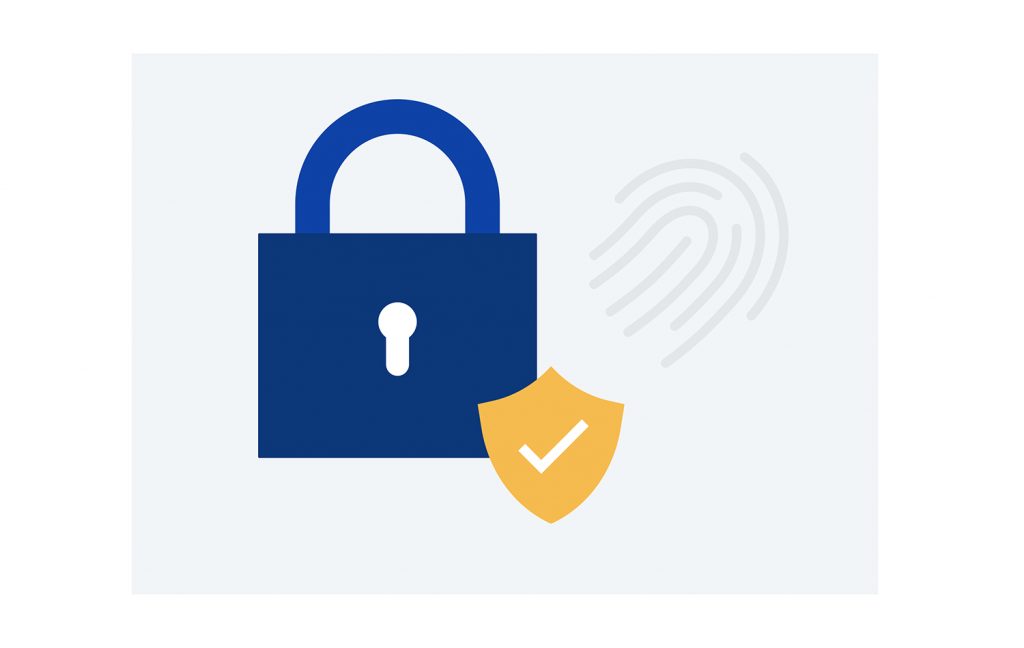
Since information governance involves every business-critical role, today’s enterprises need a single, secure, and centralized way to access and manage their entire technology stack and all the data that comes with it. It’s about simplifying large and complex technology environments by bringing everything together under a unified management system where it’s possible to apply and enforce their policies. Maintaining a centralized data repository helps enterprises leverage the information available to them in new and intuitive ways.
6 information governance initiatives every business leader should follow
As one of the integral disciplines of digital transformation, information governance strategies have the potential to drive innovation and empower exponential growth. However, like every business transformation program, there are certain rules and standards to abide by and pitfalls to avoid. Here are our top recommendations to help you supercharge information governance in your organization:
1. Identify an executive-level sponsor
Every business transformation program requires support from leadership. If your information governance initiative doesn’t have someone driving it, it will be far less likely to succeed. Larger companies should establish an IG board or committee that maintains strong links throughout the company and engages leaders across the full range of business roles. Recruiting an engaged sponsor who understands the language of business, and not just the language of compliance and IT, will greatly increase the chances of any changes being accepted.

2. Take an org-wide approach
Many organizations view information governance as nothing but an IT project, but it really takes cooperation from the entire organization. Anywhere data lives, and anyone who touches it needs to be on board for your IG strategy to be successful. Communicating what your IG strategy can bring to different business roles and how they can improve them is paramount to getting participation from all sides of the organization. Eventually, you want your strategy to be integrated with wider corporate culture and become central to everything you do, but first, you must demonstrate value and get buy-in.
3. Educate employees on an ongoing basis
The same way you need to get buy-in from you’re organization, you need to ensure people understand and follow IG company policies. To ensure employees comply with legal, security, and privacy obligations, a suitable training and development program is vital. Education should be an ongoing process, not just a one and done presentation or seminar. By keeping education alive through a cadence, you ensure nothing slips through the cracks. To see policies ingrained in employees’ day-to-day lives, it’s also important to demonstrate the true value of your policies. Whether that means increasing efficiency or making more data-driven decisions, strong information governance can change the way everyone works for the better.
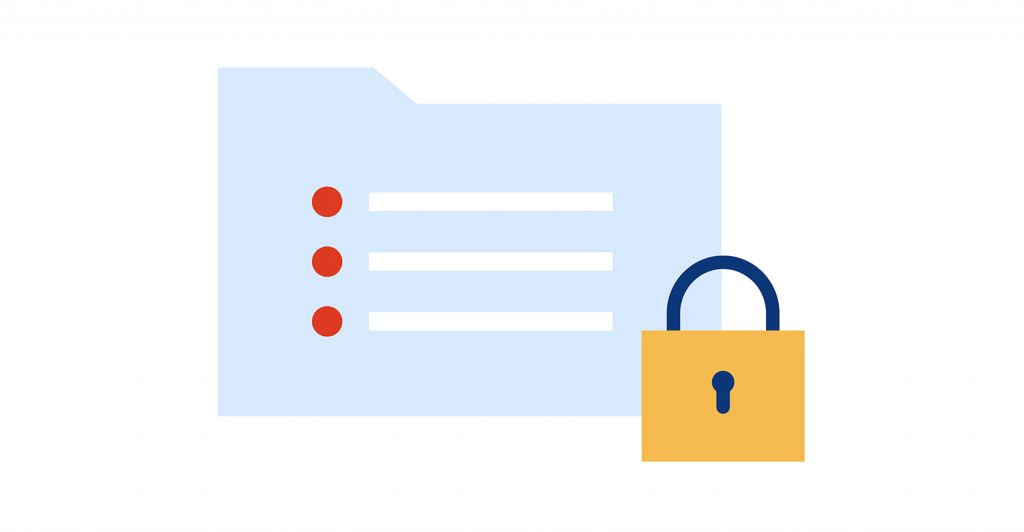
4. Understand your information lifecycle
Information doesn’t have an inherent lifespan, but it does need to have a predefined lifecycle from the moment it’s first collected to the moment it’s archived or securely disposed of. How long information spends in each stage of the lifecycle and why will vary enormously depending on its content, type, and industry. You should always start by addressing legal factors like privacy regulations to inform what your information lifecycle should look like. After you’ve addressed more pressing legal obligations and business priorities, you can move into standard lifecycle processes that affect the organization at large and document how information should be collected, stored, processed, archived, and disposed of.
5. Choose the right tools and solutions
Due to the challenges of scale brought on by the explosion of data and the increasing range of devices and software used, it’s impossible to achieve full oversight using manual means alone. Every organization needs a powerful, automated approach to managing data throughout every stage of its existence. In enterprise environments, processes that require automation include the application of retention policies, archival, and classification. The main goal should be to implement a platform that brings all your apps and data together under a centrally managed system. Ideally, your IG strategy should adapt seamlessly to evolving technology and corporate environments. An IG initiative that can’t scale and adapt to the future will only end up stifling innovation.
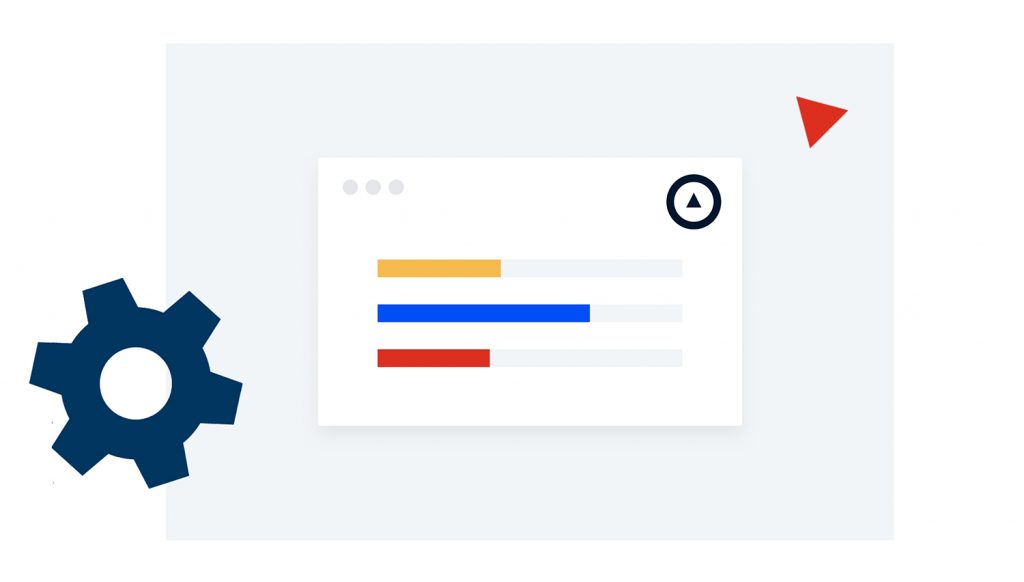
6. Incorporate data-driven decision-making
Big data refers to data sets that are beyond human capabilities to make sense of. But big data also presents a wealth of opportunity for businesses to derive valuable insights into their internal operations, customers, supply chains, and more. By centralizing otherwise fragmented and underutilized data from your wider technology environment, you can stay ahead of the curve with informed, real-time decision-making. IG plays a crucial role in making data readily available to authorized parties and enabling them to access and use it in ways that add value throughout the organization.
Curious how Onna can unify your information governance processes? Our Knowledge Integration Platform brings your data together to simplify governance, privacy, compliance, and eDiscovery. Find out more here.
 eDiscovery
eDiscovery Collections
Collections Processing
Processing Early Case Assessment
Early Case Assessment Information Governance
Information Governance Data Migration
Data Migration Data Archiving
Data Archiving Platform Services
Platform Services Connectors
Connectors Platform API
Platform API Pricing Plans
Pricing Plans Professional Services
Professional Services Technical Support
Technical Support Partnerships
Partnerships About us
About us Careers
Careers Newsroom
Newsroom Reveal
Reveal Logikcull by Reveal
Logikcull by Reveal Events
Events Webinars
Webinars OnnAcademy
OnnAcademy Blog
Blog Content Library
Content Library Trust Center
Trust Center Developer Hub
Developer Hub